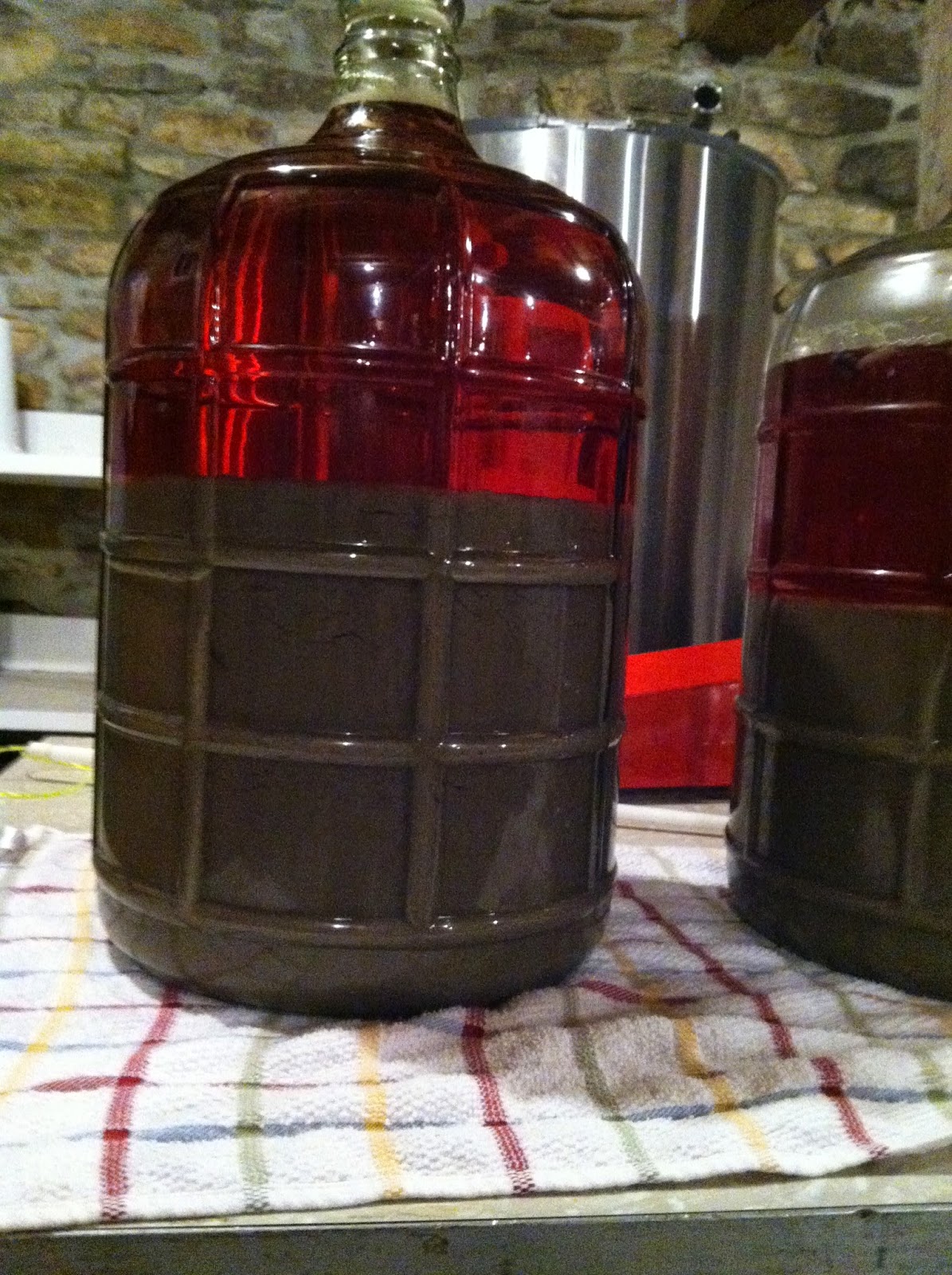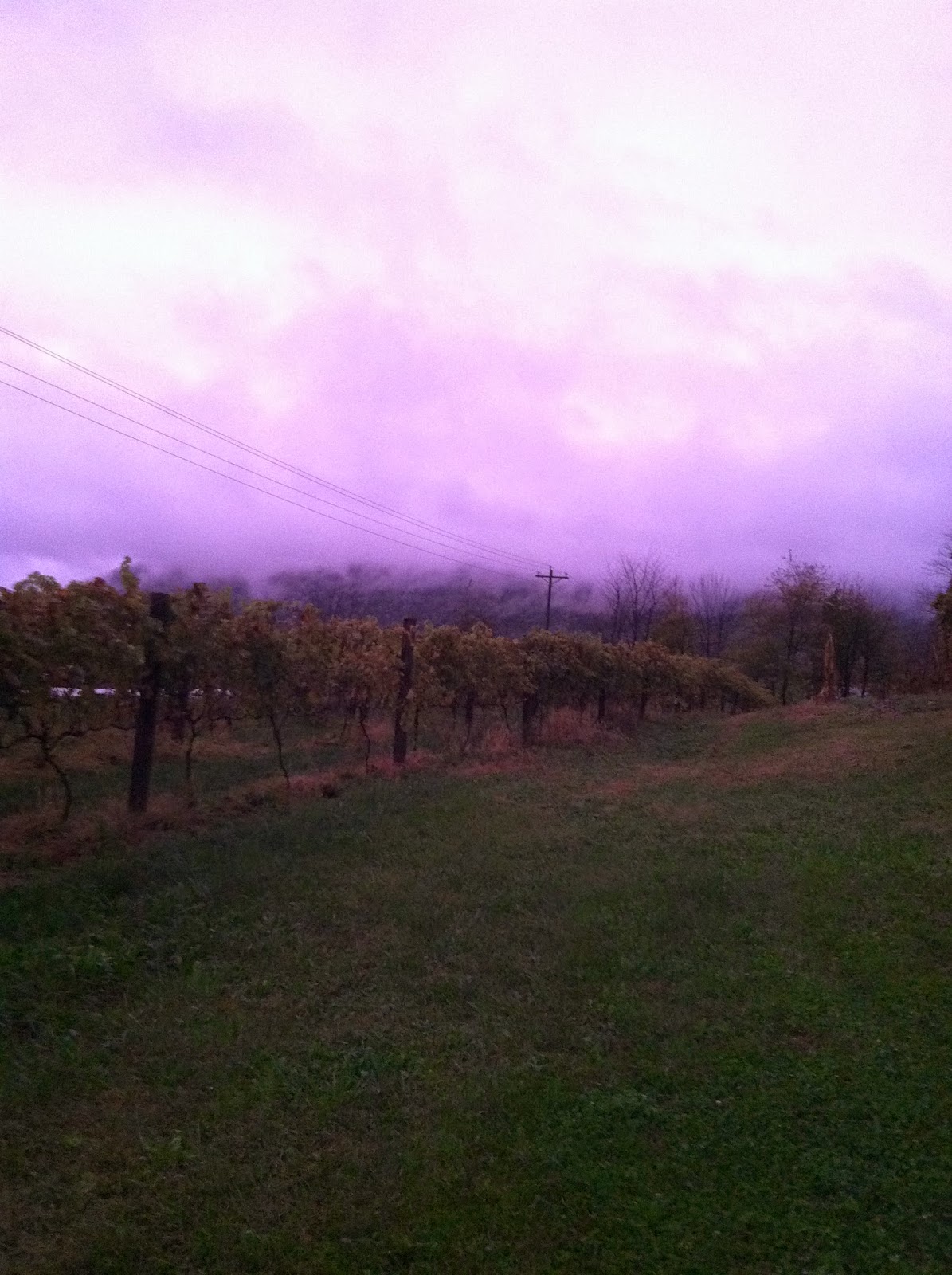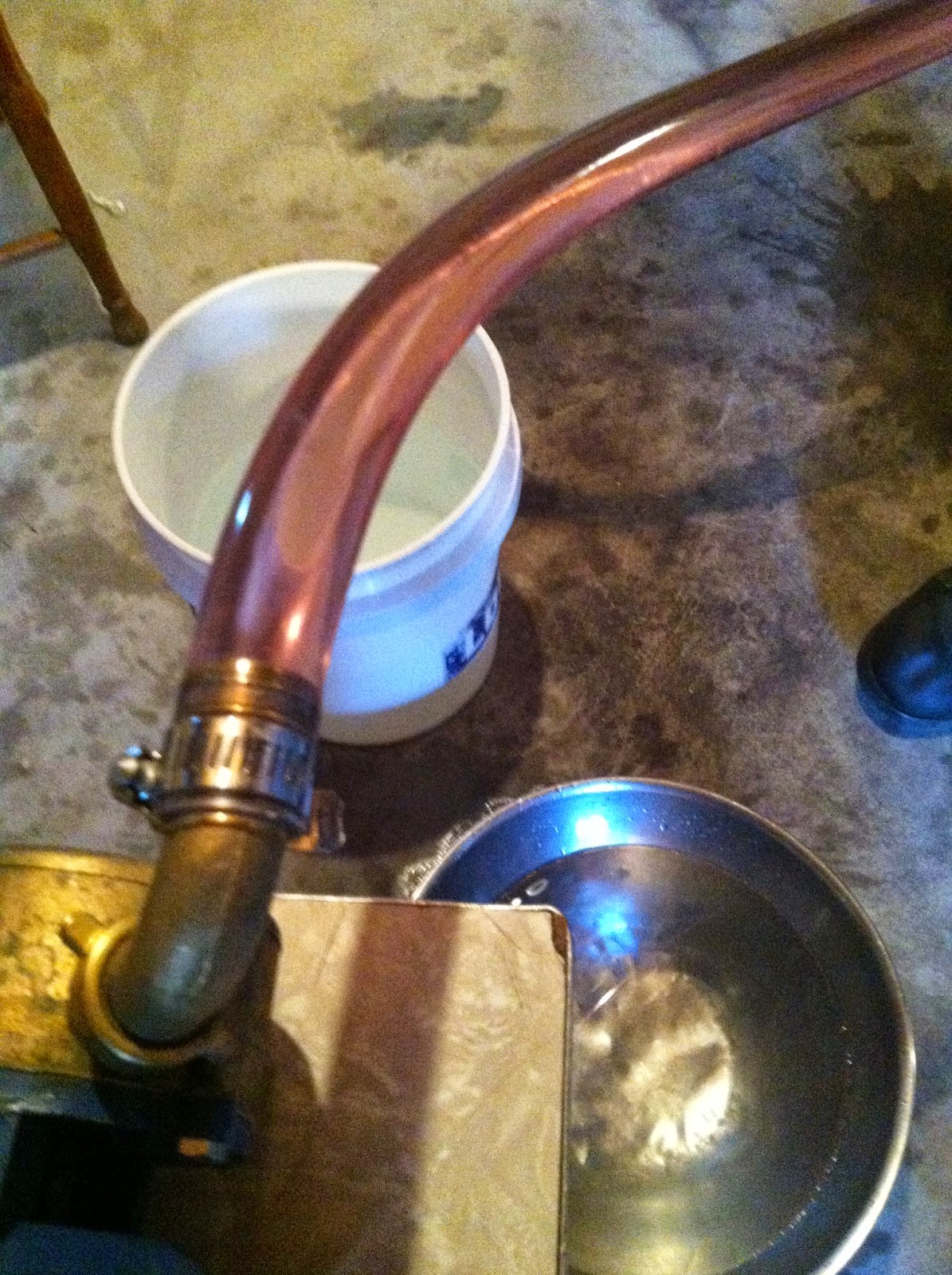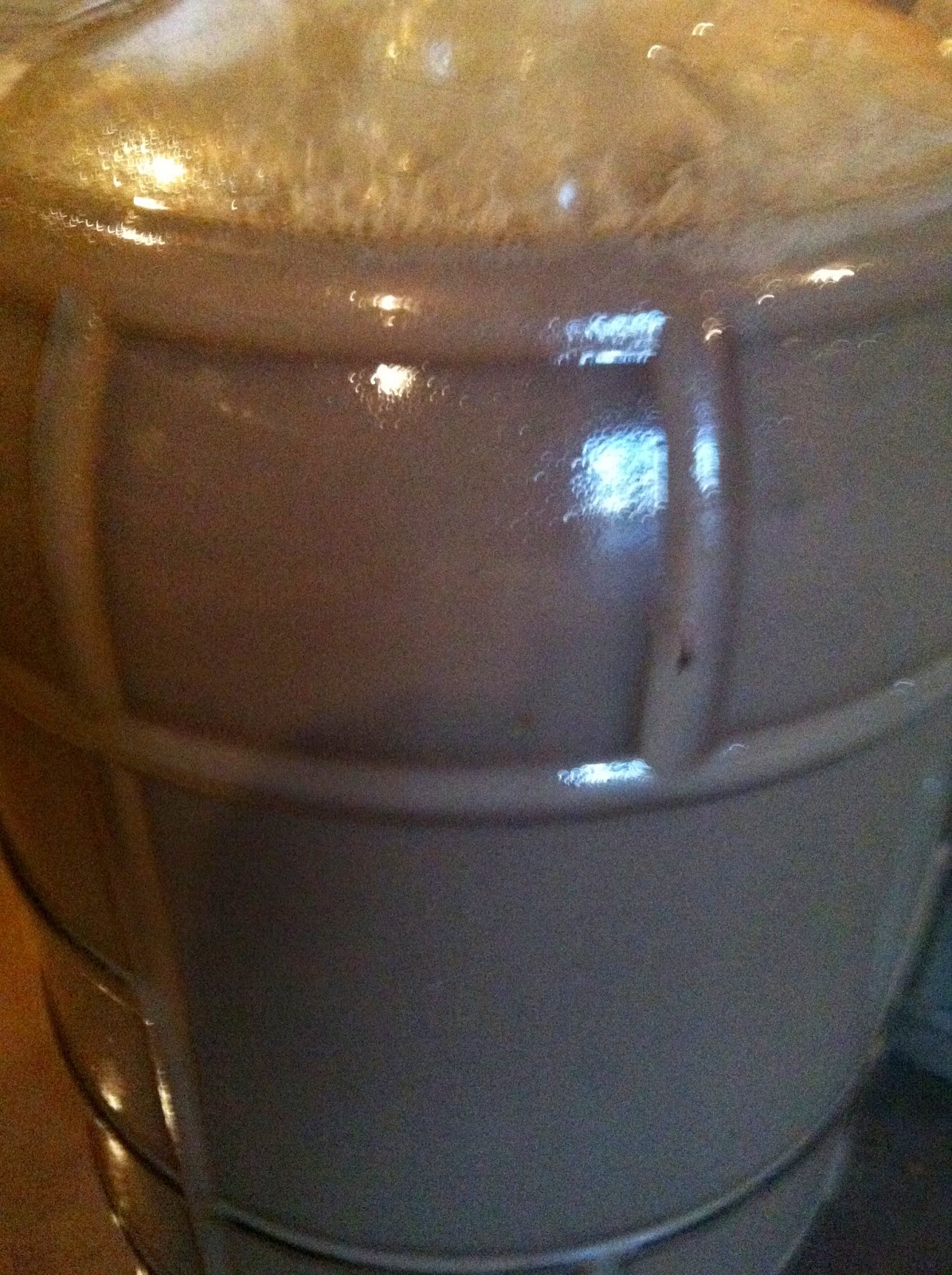Chronicles of the Long Shot Farm
Chambourcin Harvest – Take Two
We picked the majority of our Chambourcin two weeks after having picked the first batch (the grapes we used for the rosé wine). Luckily we had loads of helpers – big and small, and we ended up harvesting the remaining grapes in just a few hours.
 |
| Toben |
 |
| Fiona |
 |
| Leif |
 They were beautifully ripe, amazingly sweet grapes that should make a great wine! We destemmed, crushed and sorted the grapes before dumping them into the fermenting tank.
They were beautifully ripe, amazingly sweet grapes that should make a great wine! We destemmed, crushed and sorted the grapes before dumping them into the fermenting tank.
This year, we were much more prepared for making wine and had all the necessary “ingredients” and lab equipment ready. We also decided to use the same type of yeast for all our wines. Check out this block of yeast:
Greenhouse Installation
It has been a while since we purchased our greenhouse (see previous post). We finally had time to actually set it up in it’s permanent place, i.e. in the herbgarden in front of the house.
We started by clearing the space, measuring out the dimensions and marking the four post holes. We used the posthole digging attachment with the tractor to make the holes.
Next we cemented the four corner posts and let them settle overnight. The next day, we build the frame that would anchor the greenhouse, leveled it and started filling it with gravel.
In order to keep the greenhouse level, we had to really built up the back part of the plot. We used field stones from an old stone wall to build a retaining wall, and back-filled with gravel and dirt.
Once the frame was solid, and the inside filled with gravel, we laid down large cement platters for a center walkway. After that is was just a matter of carrying the greenhouse frame (no glass yet) and securing it to the foundation.
Update on the Rosé Experiment
 Surprisingly, both of the 3 gallon carboys full of the “sludge” that had settled out of the pressed juice, did clear somewhat. We were able to rack off another 2 gallons into the fermentation tank – the rest of the “sludge” went to the compost pile.
Surprisingly, both of the 3 gallon carboys full of the “sludge” that had settled out of the pressed juice, did clear somewhat. We were able to rack off another 2 gallons into the fermentation tank – the rest of the “sludge” went to the compost pile.
Fermentation of the soon to be rosé wine is now well under way, and we’ll be monitoring it daily until it reaches completion. Stay tuned 🙂
The Makings of Rosé
| ice bag floating in the fresh juice |
We cooled the juice by dropping previously frozen and sealed ice bags into the wine, to keep the temperature around 65° F.
After treating the juice with SO2 and adding Pectinase, we covered the barrel and let the juice sit overnight. This should help with settling out impurities. We also took a juice sample to test the pH, sugar level and TA (total acidity).
Today we racked the clear juice into a new barrel – you can see the rose colored juice being pumped through a clear hose in the left picture. There was a surprising amount of “sludge” left near the bottom of the barrel, nearly 5 gallons. We racked the sludge into two small carboys to see if it would clear anymore (I just don’t see how it could).
We did the same with the 7 gallons of pressed juice, added the hydrated yeast to both containers and let the fermentation begin!















